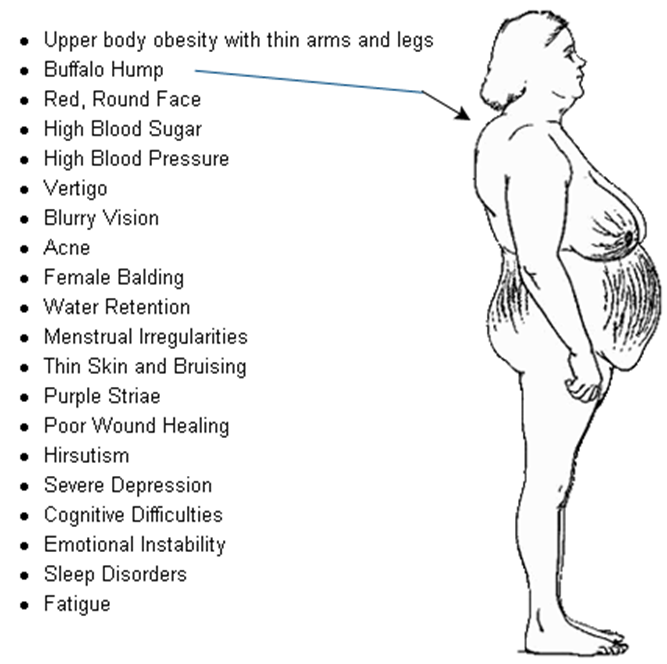A nurse is assessing a client diagnosed with an obstruction of the common bile duct resulting from chronic cholecystitis. Which of the following findings should the nurse expect?
Fatty stools
Tenderness in the left upper abdomen
Straw-colored urine
Ecchymosis of the extremities
The Correct Answer is A
A. Fatty stools:
Obstruction of the common bile duct can result in impaired bile flow, leading to a decrease in bile salts reaching the intestine. This can result in the malabsorption of fats, causing fatty or greasy stools (steatorrhea).
B. Tenderness in the left upper abdomen:
Tenderness in the left upper abdomen might be more commonly associated with conditions like splenic issues or stomach problems rather than an obstruction of the common bile duct.
C. Straw-colored urine:
Straw-colored urine is typical of well-hydrated individuals and might not directly correlate with an obstruction of the common bile duct.
D. Ecchymosis of the extremities:
Ecchymosis (bruising) of the extremities is not typically associated with an obstruction of the common bile duct resulting from chronic cholecystitis.
Nursing Test Bank
Naxlex Comprehensive Predictor Exams
Related Questions
Correct Answer is B
Explanation
A. Atorvastatin: Atorvastatin is a statin medication used to lower cholesterol levels. It is not known to cause glucose intolerance.
B. Prednisone: Prednisone is a corticosteroid and can cause glucose intolerance by increasing blood glucose levels. Corticosteroids can lead to insulin resistance, impaired glucose utilization, and increased gluconeogenesis.
C. Ranitidine: Ranitidine is an H2 receptor antagonist used to reduce stomach acid production. It is not known to cause glucose intolerance.
D. Guaifenesin: Guaifenesin is an expectorant used to help loosen mucus in the airways. It is not known to cause glucose intolerance.

Correct Answer is C
Explanation
A. Steatorrhea:
Steatorrhea refers to the presence of excessive fat in the stool. If a healthcare provider suspects malabsorption or fat digestion issues, they might order a fecal fat test to assess the amount of fat in the stool. This test is different from a guaiac fecal occult blood test (gFOBT), which is designed to detect blood.
B. Parasites:
The detection of parasites in the stool involves specific testing methods, such as microscopic examination of stool samples or specialized tests aimed at identifying the presence of parasitic organisms. A guaiac fecal occult blood test is not designed to detect parasites; its primary purpose is to identify occult (hidden) blood.
C. Blood:
A stool test for guaiac is specifically designed to detect the presence of occult (hidden) blood in the stool. The guaiac test involves placing a small sample of stool onto a test card containing guaiac, and a color change indicates the presence of blood. This test is commonly used to screen for gastrointestinal bleeding.
D. Bacteria:
Detecting bacteria in the stool typically involves stool cultures or specific tests designed to identify bacterial infections or imbalances in the gut microbiota. The guaiac test is not intended for detecting bacteria; its primary focus is on identifying the presence of blood in the stool.
Whether you are a student looking to ace your exams or a practicing nurse seeking to enhance your expertise , our nursing education contents will empower you with the confidence and competence to make a difference in the lives of patients and become a respected leader in the healthcare field.
Visit Naxlex, invest in your future and unlock endless possibilities with our unparalleled nursing education contents today
Report Wrong Answer on the Current Question
Do you disagree with the answer? If yes, what is your expected answer? Explain.
Kindly be descriptive with the issue you are facing.
